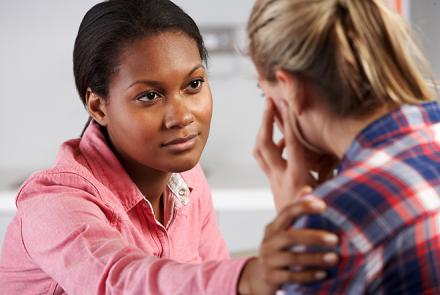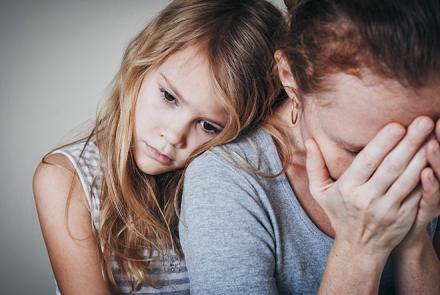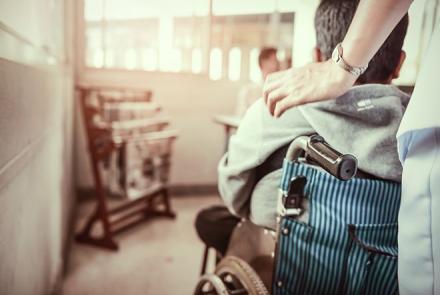
Dr. Shivaprakash Srinivasan, Child Adolescent and Adult Psychiatrist at SCARF puts the spotlight on the growing trend of cyberbullying, the impact of cyberbullying on adolescent mental health and what parents and educators/teachers can do to prevent cyberbullying and spot signs.
The internet since its introduction to the public in the early 1990’s has been changing the world at a really rapid pace. It has been making communication with persons around the world astoundingly easy and also makes other people, who a person may not know directly, more accessible. The world internet usage and population statistics 2018 shows that nearly 55.1% of world population has access to internet and the growth from 2000 to 2018 has been 1066%. In India alone, nearly 34.1% of the population has access to internet and as of December 2017, there were 251 million facebook accounts in a population of 1.3 billion individuals.
This increase in access has made the spread of information exponentially faster and wider. It means that any event posted on the internet becomes almost a permanent record of an individual. Such a rapid growth of technology and access has left many parents far behind their children in terms of acceptance and understanding of the internet. This has far reaching consequences on the family being unable to educate and protect their wards on safety precautions on the World Wide Web.
Let’s discuss this in the context of a case scenario:
A 15 year old boy belonging to a lower middle socio-economic status family, was seen in intake following a suicide attempt wherein he jumped off a third story building and had sustained severe injuries including a fracture of both his legs, a broken jaw with multiple broken teeth and multiple internal contusions. As per the family, this incident had no evident precipitating causes but, they had noted that the boy had been spending more time alone, sleeping later than usual, had recent academic deterioration for about 6 months when he was given a smartphone that he had badgered them to get for him.
Suicide Prevention Helplines in India
Samaritans of Singapore
The history, as reported by the young man, was that he was in a school where all his peers had access to smartphones and initially, he was taunted for not having a phone or a social media presence. In order to “fit in” he had persuaded his parents to get him a smartphone on which he had immediately established an account on many common social media and image sharing websites. Here he reportedly started “talking” to girl online and over a period of time had revealed much about his difficulties with his peers and the difficulties at home.
The “sting” occurred a few days before his suicide attempt when it was revealed that the girl was actually one of his classmates who later posted several memes and derogatory comments about the boy and his family on all the websites and “tagged” him. They also shared and circulated the these images and comments across other media platforms and posted images of the same on his social media site. The comments also encouraged him to end his “loser life”. Feeling cornered, helpless and ashamed of his actions, the boy attempted to end his own life.
What is bullying?
As per the Bar Association of India, “Bullying means systematically and chronically inflicting physical hurt or psychological distress on a student”. This could include written, verbal or physical behaviors including any threatening, insulting or dehumanizing gestures that essentially creates a hostile and offensive environment.
What are the types of bullying?
Bullying can take many forms. This could include teasing, intimidation and threatening, harassment, humiliation social exclusion, stalking, physical violence or destruction of property. Bullying can be based on the person’s physical challenges, emotional and academic challenges, sexual orientation, socioeconomic status, caste and even language or religion. Essentially bullying does not require a reason to be initiated.
What is cyber bullying?
Cyberbullying is bullying that takes place over the internet through digital devices. It can occur in any place where people interact, can share and participate in discussions or share content. This may be on social media sites, SMS/ group messaging services, sites for sharing images and documents, and emails.
Why is cyberbullying any different from regular bullying?
As mentioned previously, the reach of content is to persons known and unknown and almost instantaneous. Given the nature of the medium, the material can be highly graphic and personalized and at times, the bullying can happen anonymously. Also, as digital devices become more portable, this form of bullying can happen continuously as compared to the interpersonal forms that have a specific duration after which the contact can be terminated/ avoided. Most information communicated electronically is permanent and public and can create an online reputation that is negative an it can impact future opportunities. Finally, it is hard to notice – there are no evident marks/ scars other than those left on the psyche of the victim.
Sensitive Interventions to prevent Youth Suicides
What might be some of the signs of being bullied online?
As noted above, bullying online leaves no physical scars but, noticeable changes in behaviors may indicate ongoing bullying. Some common signs include:
- Noticeable, rapid increase or decrease in device use. Paradoxically, a number of youth who have experienced bullying online spend more time dredging the various sites reading up about the responses to the ongoing bullying.
- Excessive emotional responses to what is happening on their devices including laughter, crying or anger.
- Excessive secretiveness regarding what they are doing on their devices.
- Changes in social media accounts – new ones appearing and old ones are closed.
- Emergence of depression with loss of interest in people and activities and avoidance of social situations.
How can I help?
Adults can be of great assistance as parents or educators.
As a parent, a few tips that might help include:
- Make yourself aware of the internet, various websites that are commonly frequented by the youth.
- Discuss about cyberbullying including other safety provisions like not sharing personal details with anyone online even if they have an image of a friend posted.
- Set up clear expectations around internet use, appropriate digital behavior, content and apps and ensure to follow up on the same.
- Monitor their social media sites, apps and browsing history if you have concerns of cyberbullying occurring.
- Review and if necessary reset your child’s phone location and privacy settings and also check the privacy settings of the various apps.
- Know your child’s usernames and passwords for email and social media.
- Follow or friend your teen on social media sites or have another trusted adult do it.
As an educator
- Create an environment of caring between classmates. Discuss bullying in general and cyberbullying in specific.
- Be open to have a discussion regarding social interactions during off school hours on platforms other than direct interactions.
- Speak with a child who you suspect is being bullied and empower them to take up the discussion with their families and if necessary the school.
- Encourage peer involvement in prevention strategies and reinforce and rewards positive behaviors towards others.
















